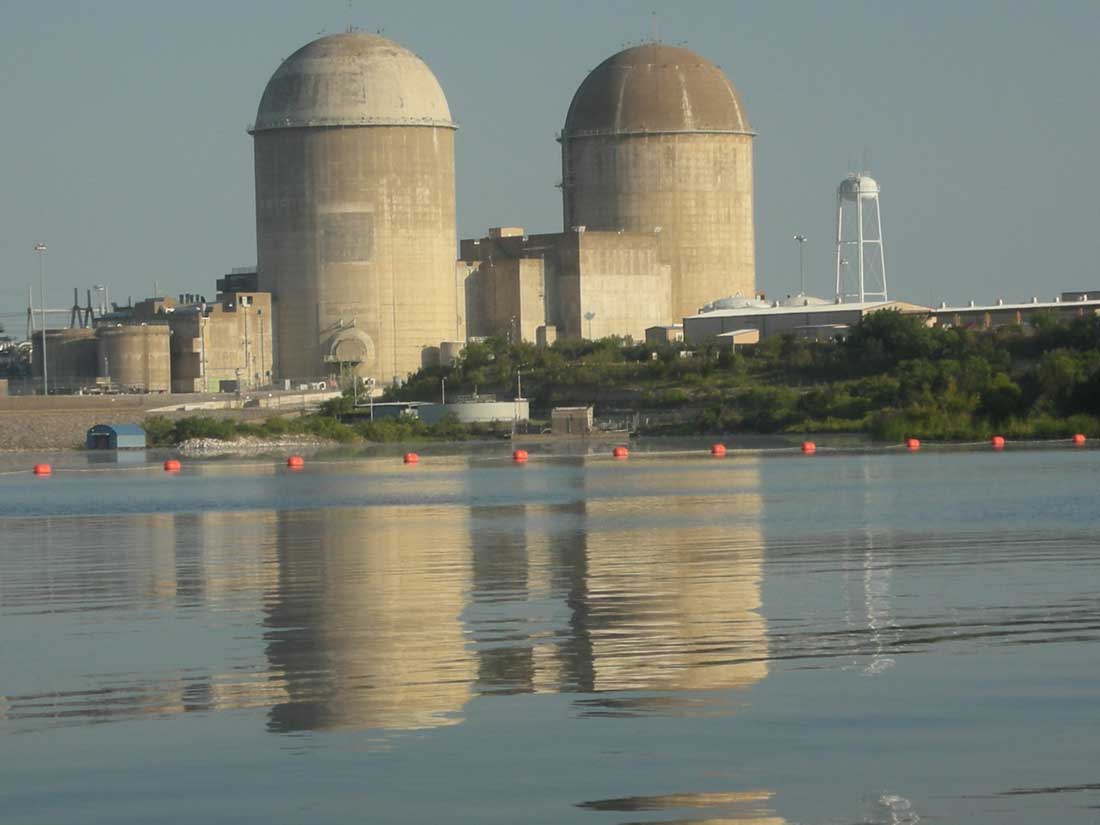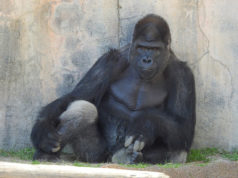More than a decade after 9/11, terrorism response plans at Comanche Peak Nuclear Power Plant 40 miles south of Fort Worth still aren’t designed to guard against attacks anywhere near the scope of those launched in New York and Washington, D.C., that day.
That’s one conclusion of a new report by scientists at the Lyndon B. Johnson School of Public Affairs in Austin, which found that “none of the 104 commercial nuclear power reactors in the United States is protected against [attacks like] the one on Sept. 11, 2001.”
At the heart of the report is a critique of the presumed terrorist threat that nuclear power plants are required to prepare for. This minimum level of preparedness, known as a “design basis threat,” currently does not include any defense against a large number of terrorist teams, airplane attacks, or weapons such as high-powered sniper rifles.
The report presents sobering possibilities at a time when the State Department only recently lifted a nearly month-long global travel alert for United States citizens. The alert, and temporary closing of 19 U.S. embassies, was issued in response to an increase in al Qaeda “chatter.”
David McIntyre, spokesperson for the Nuclear Regulatory Commission, told a Fort Worth Weekly reporter that the commission “disagrees with the [LBJ] report and finds nothing new in it.” The NRC oversees nuclear power plants and the safety of nuclear material.
“We believe our security requirements are appropriate and robust. These facilities remain among the most protected facilities in the U.S.,” McIntyre said.
The NRC and nuclear plant owners continue to upgrade security at the plants, he said. “The latest project we are working on is cybersecurity and plans for providing security forces with enhanced weaponry.” The term “enhanced weaponry” includes various kinds of shotguns, rifles, and machine guns.
According to the NRC, the best approach to dealing with terrorist threats from aircraft is through “strengthening airport and airline security measures.”
The LBJ School report notes that, before the 9/11 attacks, nuclear plants were required to provide adequate protection only from one terrorist team of “three individuals, aided by [one insider informant.]” After 9/11, the requirement was increased: Plants should be able to respond to a threat “less than double the old figure and a fraction of the size of the 9/11 group of 19 hijackers.”
“If there were burglars outside of your bank, and one year later there are still burglars outside, shouldn’t we be talking about it?” said Alan Kuperman, a professor at the University of Texas at Austin who co-authored the report with graduate student Lara Kirkham. The LBJ School is part of UT-Austin.
Airborne attacks are not currently included as something nuclear plants should be ready to defend against as part of the design basis threat.
The issue of nuclear plant safety has been controversial for years. Charles Faddis, a former CIA operations officer, blasted the federal government’s efforts to protect nuclear power plants and secure radioactive materials in his 2010 book Willful Neglect.
“As you tour this nation and examine the prime targets that beg to be defended from terrorist attack, what you find, eight years later, is that virtually nothing meaningful has been done,” Faddis wrote.
State Rep. Lon Burnam of Fort Worth, a longtime nuclear power critic, said he is more concerned about low-level radiation leaks and storage of radioactive material than he does about terrorist attacks.
The issue of nuclear waste storage “is just sitting there, and the whole system of how to store it is confused and conflicted,” he said.
Comanche Peak officials declined to cite specific security operations at their facility. However, they said in a statement that the NRC “has robust security requirements for commercial nuclear power plants and facilities housing special nuclear material and remains confident that these important facilities are adequately protected.”
Similar concerns about nuclear waste storage were involved when the U.S. Court of Appeals in Washington, D.C., made a 2012 decision to freeze all nuclear power plant licensing decisions. The courts noted that the NRC has failed to find or create a long-term repository for nuclear waste and “has no long-term plan other than hoping for a geologic repository.”
Insufficiently protected nuclear waste could allow terrorists to steal radioactive materials for use in “dirty” bombs or other devices. The LBJ School report cited the theft of radioactive materials from power plants like Comanche Peak as a “real possibility.”
According to the NRC website, several security improvements have been made at nuclear power plants since the 9/11 attacks. Among the improvements are “sharply increased physical security, required vehicle checks, improved communication with the intelligence community, and improved liaison with federal, state, and local agencies.”
The LBJ School report concludes that the federal government should take responsibility for defending against a large-scale attack.
“Certain steps are too expensive for private companies [like nuclear power plants]. That is why we are calling for both private and government cooperation,” Kuperman said.
The UT-Austin professor said the status quo is unacceptable.
“It would be a tragedy if the United States had to look back after such an attack on a nuclear reactor and say that we could have and should have done more to prevent the catastrophe,” he said.
Fort Worth freelance writer Edward Brown can be reached at ejb0017@yahoo.com.













Thank you for some reporting desperately needed.
http://www.youtube.com/watch?v=gD9khDiWT94